
 By all accounts, St. Francis of Assisi, the Poverello or Poor Man of God was a remarkable person, whose single brief life of 45 years had done so much to alter the course of history for so many others who were inspired to imitate him as he imitated Christ and who in turn, like ripples in a pond, touched the lives of others. Many myths have surrounded this man who lived 800 years ago and like his Master, many have sought to mould him into their own image. Slightly kooky pacifist, ecologist extraordinaire, hippie of the Dark Ages, ecumenist, would be Green Peace activist. These are among the labels that the modern hip PC crowd have tried to foist on his, extolling him as their patron saint and spiritual progenitor. However, as we shall see, nothing can be further from the truth.
By all accounts, St. Francis of Assisi, the Poverello or Poor Man of God was a remarkable person, whose single brief life of 45 years had done so much to alter the course of history for so many others who were inspired to imitate him as he imitated Christ and who in turn, like ripples in a pond, touched the lives of others. Many myths have surrounded this man who lived 800 years ago and like his Master, many have sought to mould him into their own image. Slightly kooky pacifist, ecologist extraordinaire, hippie of the Dark Ages, ecumenist, would be Green Peace activist. These are among the labels that the modern hip PC crowd have tried to foist on his, extolling him as their patron saint and spiritual progenitor. However, as we shall see, nothing can be further from the truth.Who then is the man known now as the Seraphic Father? How is he relevant to Christians today? In 1993, the Editorial Staff of Time Magazine named him as one of the ten most influential people of the millennium, in the company of such luminaries as Gutenberg, who had invented the printing press, Mozart, Michelangelo, Shakespeare and Einstein. Among those who call themselves Franciscans include St. Anthony of Padua, St. Bonaventure, John Duns Scotus, Roger Bacon, François Rabelais, Alexander of Hales, William of Ockham, Giovanni da Pian del Carpini and in our own day, St. Pio of Pietrelcina, Mother Angelica, Fr. Benedict Groeschel, Archbishop Charles Chaput of Denver and Sean Cardinal O'Malley of Boston and Fr. Mychal F. Judge, the priest and fire chaplain who lost his life ministering to the fire fighters on 9/11 [and not to forger closet Franciscan Fr. Daren =)].
 What is it about this man that till today, attracts so many people to a life of radical abandonment to God? His spiritual progeny includes the ancient orders of the Friars Minor, the Capuchins and the Conventuals or the First Order, the Poor Clares of the Second Order and the Third Order priests and brothers. The Capuchins alone number about 11,000 now. Many newer orders, based on the Franciscan Rule and Spirituality also thrive such as Fr. Groeschel's Franciscan Friars of the Renewal and Mother Angelica's Poor Clares of Perpetual Adoration. There are 132 canonized Franciscan saints(That's a lot) and 242 Blesseds. According to the available statistics (1986), there are 36,117 members of the Franciscan Order in total. What motivates these people, these men and women to persist in the Franciscan way of life?
What is it about this man that till today, attracts so many people to a life of radical abandonment to God? His spiritual progeny includes the ancient orders of the Friars Minor, the Capuchins and the Conventuals or the First Order, the Poor Clares of the Second Order and the Third Order priests and brothers. The Capuchins alone number about 11,000 now. Many newer orders, based on the Franciscan Rule and Spirituality also thrive such as Fr. Groeschel's Franciscan Friars of the Renewal and Mother Angelica's Poor Clares of Perpetual Adoration. There are 132 canonized Franciscan saints(That's a lot) and 242 Blesseds. According to the available statistics (1986), there are 36,117 members of the Franciscan Order in total. What motivates these people, these men and women to persist in the Franciscan way of life?
We'll explore this in a series of posts on the Poverello. Today, we look at his early life and his call to follow Christ.
According to his biographers, no one loved pleasure more than Francis; he had a ready wit, sang merrily, delighted in fine clothes and showy display. Handsome, cheerful, gallant, and courteous, he soon became the prime favourite among the young nobles of Assisi, the foremost in every feat of arms, the leader of the civil revels, the very king of frolic. But even at this time Francis showed an instinctive sympathy with the poor, and though he spent money lavishly, it still flowed in such channels as to attest a princely magnanimity of spirit.
A work by Giotto inside the Basilica of Assisi showing St. Francis giving away his coat.
One day, while crossing the Umbrian plain on horseback, out having fun with his friends when a beggar came along and asked for alms. The sudden appearance of this repulsive object filled him with disgust and he instinctively retreated. While his friends ignored the beggar's cries, Francis, presently controlling his natural aversion, dismounted, embraced the unfortunate man, and gave him all the money he had. His friends quickly chided and mocked him for his act of charity, and when he got home, his father scolded him in a rage. About the same time Francis made a pilgrimage to
The Crucifix of San Damiano speaking to St. Francis. The crucifix can be more clearly seen below.

The leader of his brethren and the pride of his people ... who in his life repaired the house, and in his time fortified the temple.
He considered how to save his people from ruin, and fortified the city to withstand a seige.
Like the morning star among the clouds, like the moon when it is full; like the sun shining upon the temple of the Most High, and like the rainbow gleaming in glorious clouds;
Taking this behest literally, as referring to the ruinous church wherein he knelt, Francis went to his father's shop, impulsively bundled together a load of coloured drapery and sold both horse and stuff to procure the money needful for the restoration of St. Damian's.
What the Chapel might have looked like when St. Francis went to pray. Minus the table altar of course.
The elder Bernardone, a most niggardly man, was incensed beyond measure at his son's conduct, and Francis, to avert his father's wrath, hid himself in a cave near St. Damian's for a whole month. When he emerged from this place of concealment and returned to the town, emaciated with hunger and squalid with dirt, Francis was followed by a hooting rabble, pelted with mud and stones, and otherwise mocked as a madman. Finally, he was dragged home by his father, beaten, bound, and locked in a dark closet.
Was this then the end of Francis' fledgling vocation as a follower of Christ?
From various sources.
![[Unam Sanctam]](https://blogger.googleusercontent.com/img/b/R29vZ2xl/AVvXsEiymQ2adTjpZ1ABhPBbBBquiPCxeQrc4Jy_97vOikT0wGQeJleriiXQy6ebnb0jrYe-TfvcK77txStB4aIwVAdD41ZdMkVfNtFGC0JX6LBV9B8mfeRZaIAM7Sj-011ag3DiKQzv/s1600/headerdivinemercy.jpg)
















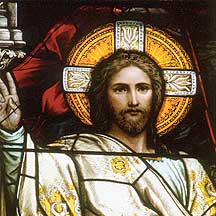
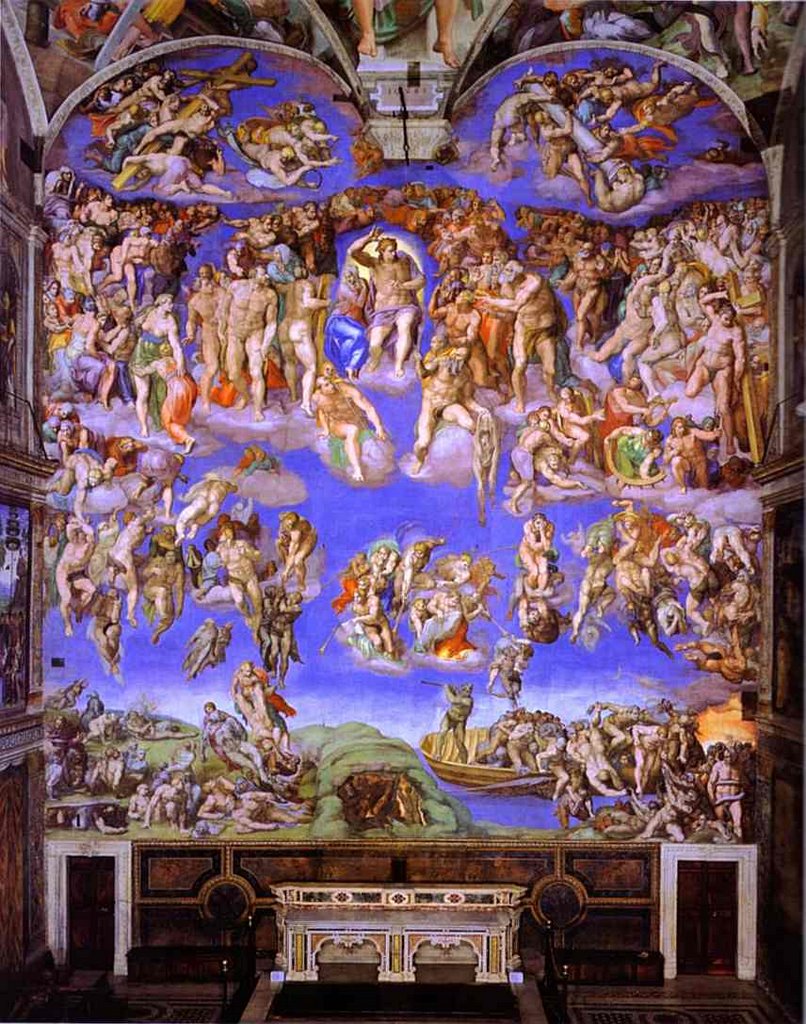


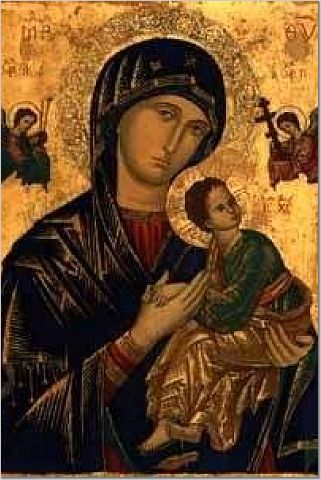



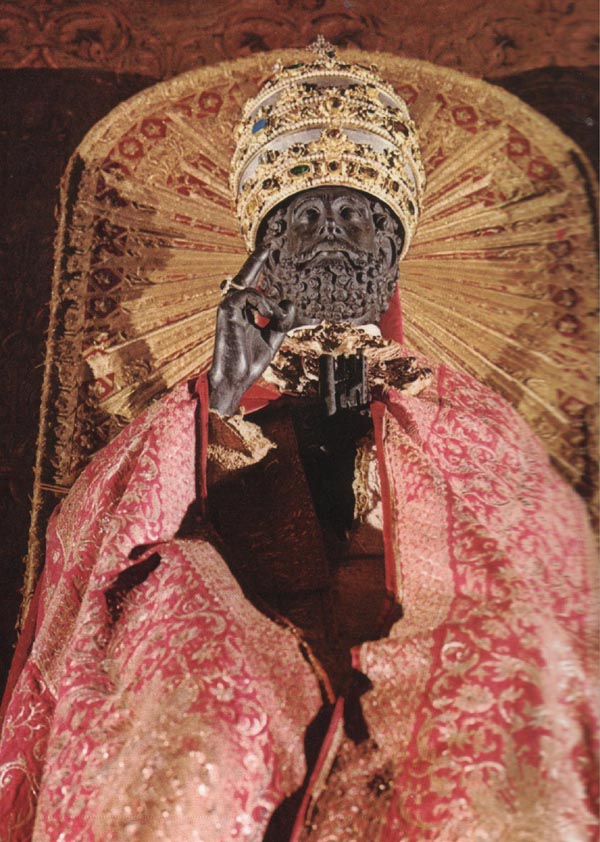
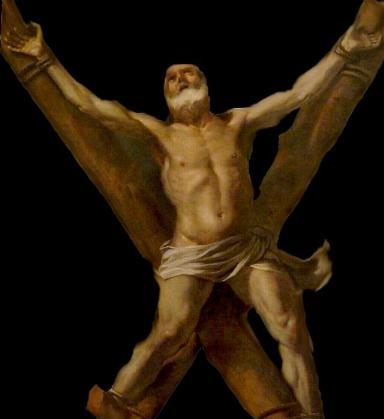

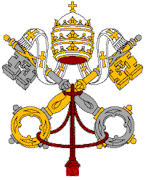


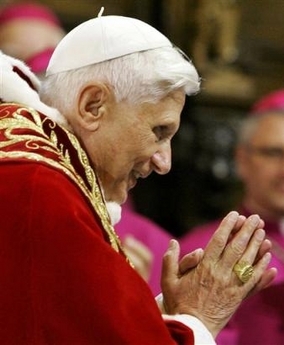






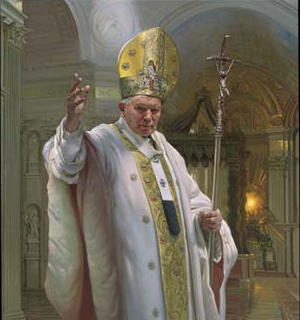
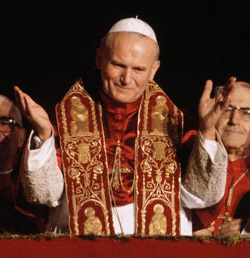
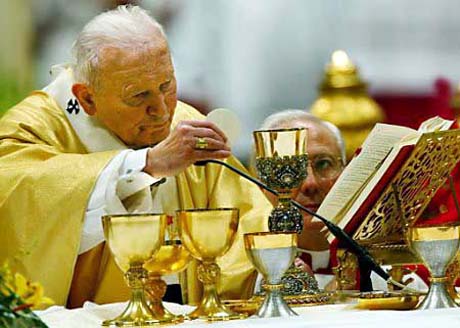
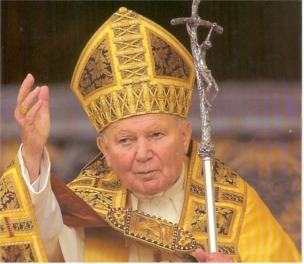






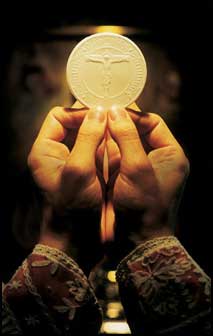
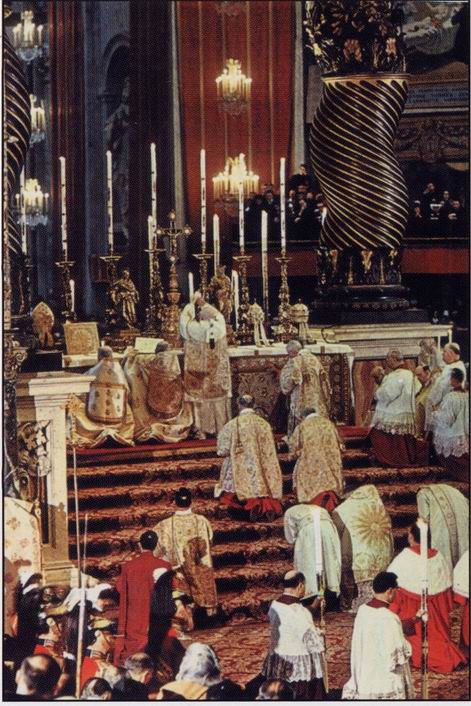



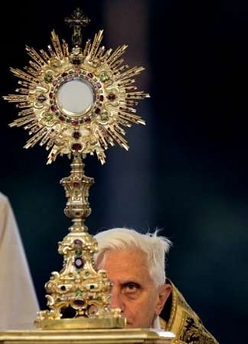


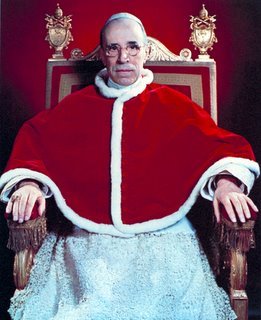




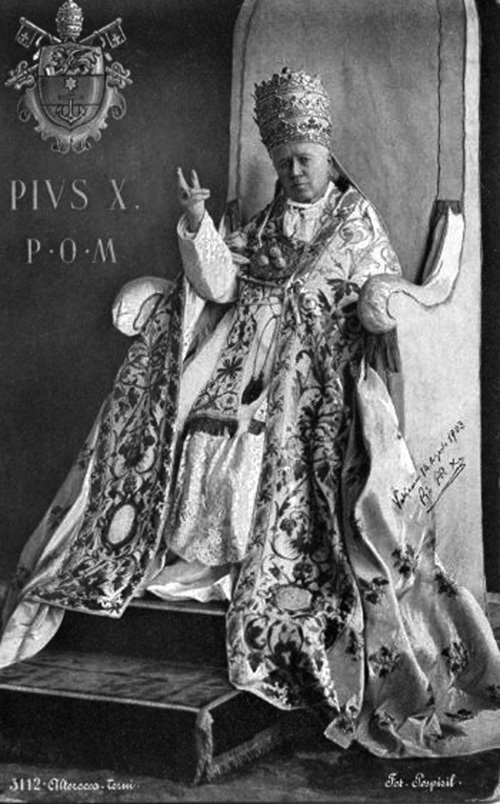










3 comments:
Very interesting blog! Where did you find photos with Pope consecrating bishops?
Thank you. These were photos made publicly available by the news organizations such as AFP.
I hate to tell you this, but the photo you identify as "The Basilica of Our Lady of the Angels, housing the Portiuncula, in Assisi" is actually the Basilica of St. Francis in Assisi. Our Lady of the Angels which does (yes) house the Portiuncula is actually on the plain down the hill from this hilltop church.
For info, see
http://www.sacred-destinations.com/italy/assisi-santa-maria-degli-angeli
Peace and All Good,
Steve, OFS
Post a Comment